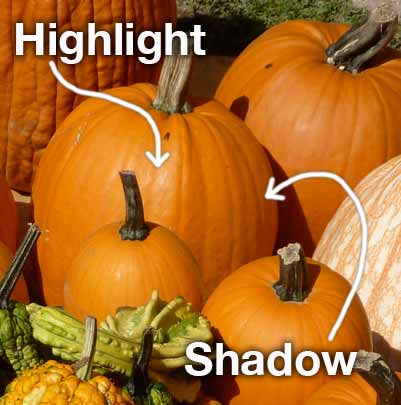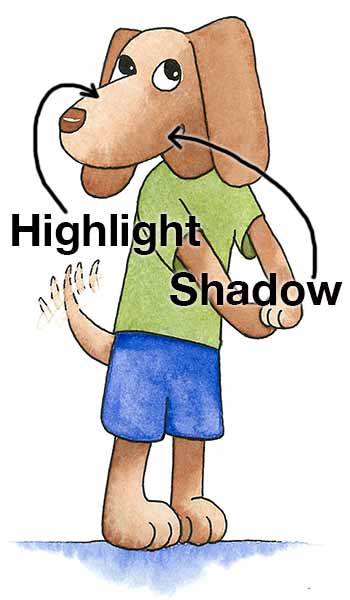Teaches Graphic Design at Western
The Illustration Process
Illustration Concepts
Some good reading
Read this three-part article on the illustration process.
http://www.smashingmagazine.com/2010/06/10/the-process-behind-good-illustration-part-1/
http://www.smashingmagazine.com/2010/06/17/the-process-behind-good-illustration-part-2/
http://www.smashingmagazine.com/2010/06/24/the-process-behind-good-illustration-part-3/
Generating ideas
Do not settle on your first idea. Try to get all the ideas out of your head, and when you are done, try to get more out. I find thumbnail sketches the best way for me to generate more ideas.
Gather inspiration from places other than the Internet.
Ethics and originality
Your illustrations should be completely original. I encourage you to be inspired by other artists and illustrators, but be very careful not to copy.
Use lots of reference images. Learn how to draw a thing by looking at many different photos of that thing
For example, if you were doing an illustration of a frog, you could look at hundreds of photos of frogs to study how a frog is "put together." You could look at illustrations of frogs and other cute little animals. Then you could turn away from all of it and try to come up with your own completely original frog illustration. (Craig Kunce has a good example of his illustration process here — except its about fruit and not frogs.)
Do not copy another artist's artwork, ever! Do not copy an illustration, change a few elements and call it your own. That is still copying and illegal.
Ask yourself, "If I showed my illustration to all the artists and photographers who influenced me, would any of them feel like I copied them?" If not, you have an original illustration.
Remember your design classes
Make sure your illustrations have Emphasis — something that is most important. Use design elements to direct the viewer's eye around the page. Design for unity within each illustration.
Shading
Your instructor often talks about shading. What is it? Look at the photo below. Most objects will have a darker, shadow side and a lighter, highlight area.

In the illustration below, I added subtle highlights and shadows to suggest dimension and depth. Try giving the elements of your illustrations shadows and highlights to show dimension.

